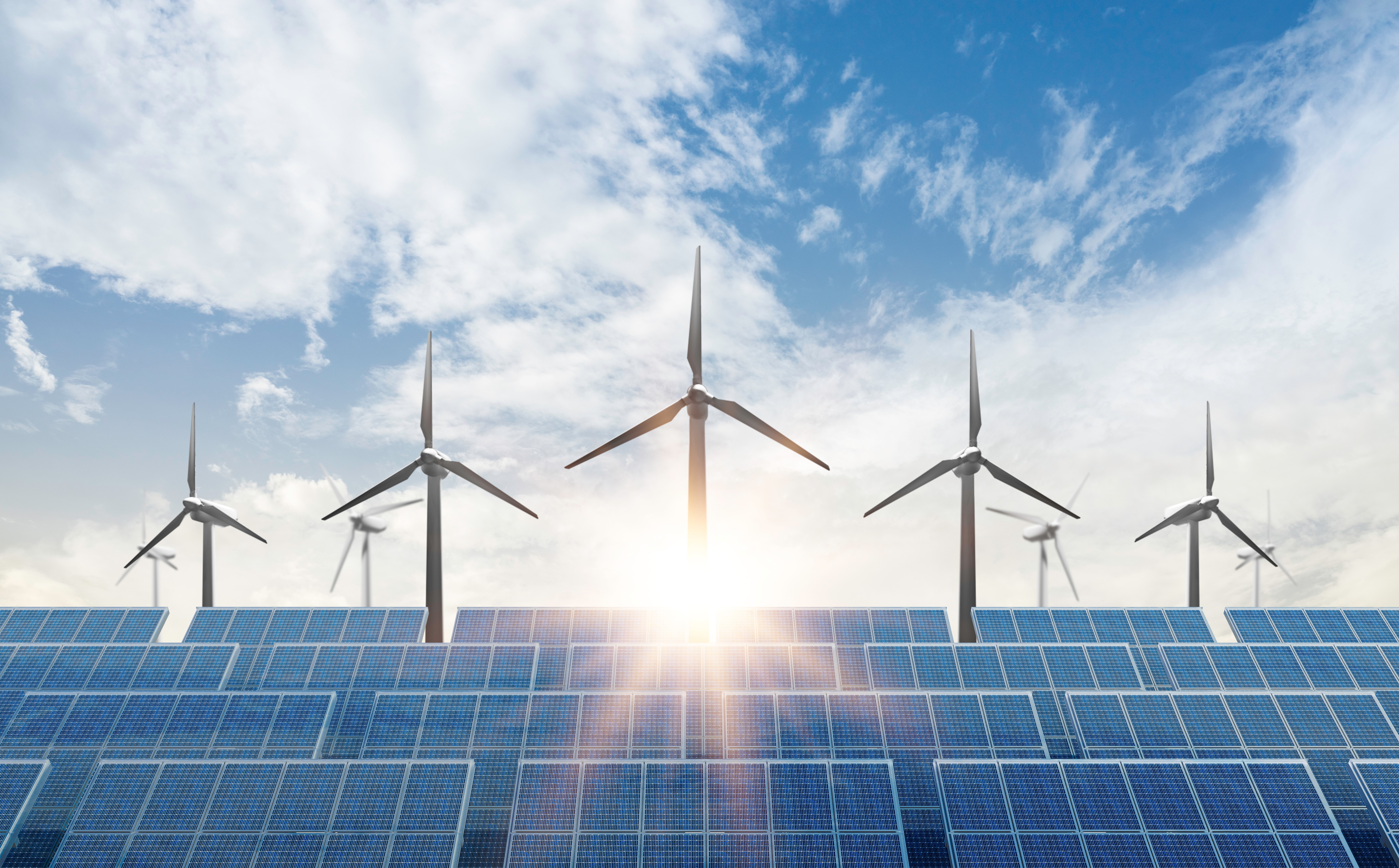Clean energy ETFs have seen a spike in performance following the passing of the landmark climate bill in the US on Monday.
Leading the way are the Solar Energy UCITS ETF (TANN), the Invesco Solar Energy UCITS ETF (RAYS) and the Invesco Global Clean Energy UCITS ETF (GCLE), which have returned 20.4%, 16.2% and 16.1%, respectively, since 25 July, as at 9 August.
The rally came in late July after Democratic Senator Joe Manchin finally gave his support to The Inflation Reduction Act, which will see $374bn invested into climate and energy spending in a bid to reduce carbon emissions by 40% by the end of the decade.
Elsewhere, the HANetf S&P Global Clean Energy Select HANzero UCITS ETF (ZERP) returned 15% and the First Trust Nasdaq Clean Edge Green Energy UCITS ETF (QCLN) jumped 15.3% over the same period.
Meanwhile, the iShares Global Clean Energy UCITS ETF (INRG), the Global X Renewable Energy Producers UCITS ETF (RNRU) and the L&G Clean Energy UCITS ETF (RENG) rose 12.9%, 10.2% and 9.6%, respectively.
The subsector responsible for driving the performance is solar power, with large and small-cap stocks rallying over the past two weeks on the news that $30bn has been earmarked for tax credits in solar power manufacturing.
US solar panel manufacturer First Solar was among the biggest beneficiaries of the bill, up 46.8% from 25 July, and is a top holding in all three of the best-performing ETFs.
Elsewhere, Array Technologies, also a holding of TANP and GCLE, rose by 52.6% over the same period while, Enphase Energy, widely held across clean energy ETFs rose by 33.7%.
Stephen Derkash, portfolio manager of TANN, said: “Many of the smaller cap US solar stock prices have increased the most since the announcement, as they are seen as direct major beneficiaries of the potentially large increase in US solar spending.
“In all, there is a large mix of tax breaks intended to bring down the costs of solar, wind, batteries, cars, heat pumps, and other clean technology. It would also offer new tax credits for domestic manufacturing of solar panels, wind turbine parts and other key equipment for growth of renewables.”
It further strengthens clean energy’s recent outperformance of the S&P 500 which has returned 3.3% over the past three months.
It means clean energy ETFs are some of the best performing year-to-date, with RAYS and INRG leading the charts with 24.2% and 20.1%, respectively.
Despite this, clean energy is still a long way off its early 2021 highs which saw them deliver some of the best returns across all European-listed ETFs following President Joe Biden’s Build Back Better agenda.
Related articles








